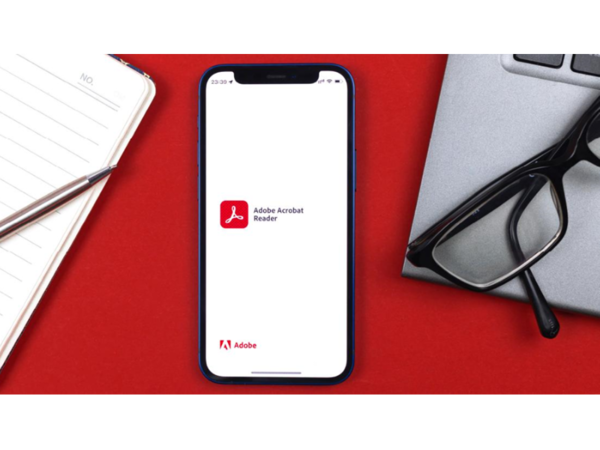In today's digital age, understanding various file formats like JPG, PNG, and PDF is crucial. Among these, the ability to convert JPG to PDF is particularly useful. Whether it's a signature for a document or a screenshot from a manual, preserving image quality during conversion is key. Sharing files as PDFs offers convenience and ensures accessibility for the recipient.
While numerous tools exist for this conversion, Adobe Acrobat stands out as a reliable option. It converts files from JPG to PDF without compromising quality. Let's explore how to use Adobe Acrobat for this process.
JPG, or Joint Photographic Experts Group, is a format primarily used to compress detailed images, making them easier to share. It's widely used for adding images to blog posts, social media, and emails.

PDF (Portable Document Format) is versatile, accommodating images, documents, and more. Its global compatibility ensures accessibility across devices. Notably, PDF maintains image quality even when dimensions are increased.

Note: The smartphone version may not offer the Image to PDF conversion feature for free.
Yes, many online and offline tools enable free image to PDF conversion.
Adobe Acrobat offers precise PDF editing features. Upload your file, make the desired changes, and click "Correct Suspect" to finalize.
Use a browser on your smartphone to access an online JPG to PDF conversion tool. Upload your file, and in most cases, the conversion will happen automatically. If not, tap the conversion button.
Newer articles
Older articles
 Greg Chappell: Rishabh Pant is Redefining Cricket with His Fearless Batting
Greg Chappell: Rishabh Pant is Redefining Cricket with His Fearless Batting
 Wimbledon 2025: Streaming Guide for India & US Viewers - Dates, Prize Money & New Tech
Wimbledon 2025: Streaming Guide for India & US Viewers - Dates, Prize Money & New Tech
 Vijay Sethupathi Responds to Controversy Surrounding Son Surya's Film Debut 'Phoenix'; Apologizes if Anyone Was Hurt
Vijay Sethupathi Responds to Controversy Surrounding Son Surya's Film Debut 'Phoenix'; Apologizes if Anyone Was Hurt
 Smith Set for Second Test Comeback After Unique Baseball Cage Recovery
Smith Set for Second Test Comeback After Unique Baseball Cage Recovery
 Spotting Prediabetes: Key Warning Signs Your Body May Be Sending
Spotting Prediabetes: Key Warning Signs Your Body May Be Sending
 X Cracks Down: Half a Million Indian Accounts Suspended for Policy Breaches
X Cracks Down: Half a Million Indian Accounts Suspended for Policy Breaches
 Daren Sammy Fined for DRS Criticism After West Indies-Australia Test
Daren Sammy Fined for DRS Criticism After West Indies-Australia Test
 JPG to PDF: A Graphic Designer's Guide to Conversion on Desktop and Mobile
JPG to PDF: A Graphic Designer's Guide to Conversion on Desktop and Mobile
 Tiêu đề:
Oral Cancer: Know the Signs, Risk Factors, and Why Early Detection is Critical
Tiêu đề:
Oral Cancer: Know the Signs, Risk Factors, and Why Early Detection is Critical
 Google Unveils Strategy to Bolster 2024 Indian Elections: Combating Misinformation and Promoting Voter Access
Google Unveils Strategy to Bolster 2024 Indian Elections: Combating Misinformation and Promoting Voter Access